Sepedi Fashion Trends to Watch Out For in 2024
Sepedi Fashion Trends to Watch Out For in 2024
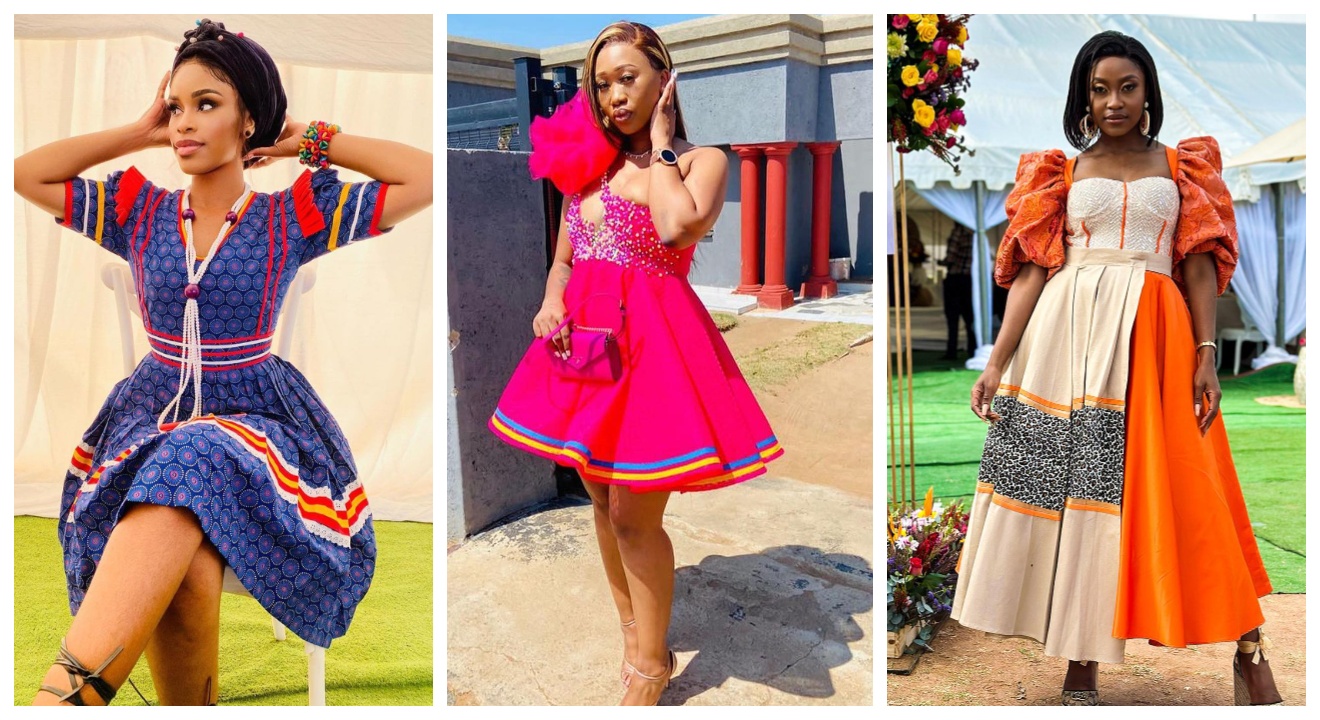
Introduction
Get ready to elevate your fashion game! In 2024, Sepedi fashion trends are set to captivate the world with their unique style and cultural significance. From vibrant colors to intricate designs, Sepedi fashion brings a touch of elegance and tradition to the runway. Let’s explore the upcoming trends and see what makes them so special.
Overview of Sepedi fashion trends and their significance
- Traditional Prints: Sepedi fashion embraces bold and vibrant prints that represent the rich cultural heritage of the Sepedi people. These prints are often inspired by nature, animals, and geometric shapes, adding a unique touch to every garment.
- Rich Fabrics: Traditional fabrics like shweshwe, gele, and isishweshwe are commonly used in Sepedi fashion. These fabrics are known for their durability and intricate patterns, making them a popular choice for both casual and formal wear.
- Modern Silhouettes: While Sepedi fashion honors tradition, it also incorporates modern silhouettes to create a contemporary look. From tailored pantsuits to flowing maxi dresses, the fusion of traditional prints and modern cuts brings a fresh and elegant appeal.
- Accessories: Sepedi fashion is incomplete without statement accessories. Beaded jewelry, colorful headwraps, and traditional footwear like mokorotlo and mokgele are commonly worn to enhance the overall look and showcase the cultural heritage.
By embracing Sepedi fashion trends in 2024, you not only become part of a global fashion movement but also celebrate the rich diversity and cultural significance of Sepedi traditions. So, get ready to make a statement and turn heads with the timeless beauty of Sepedi fashion.
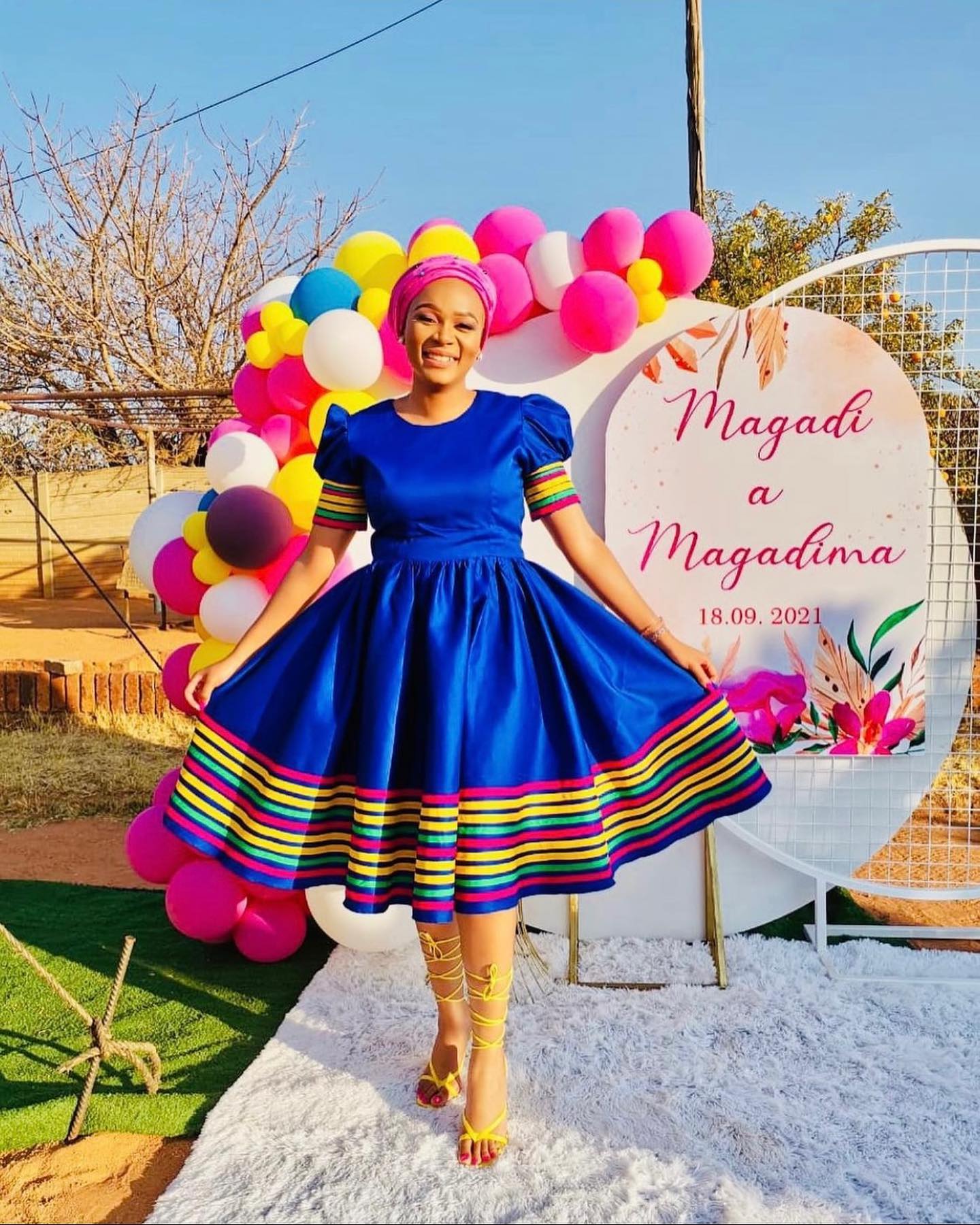
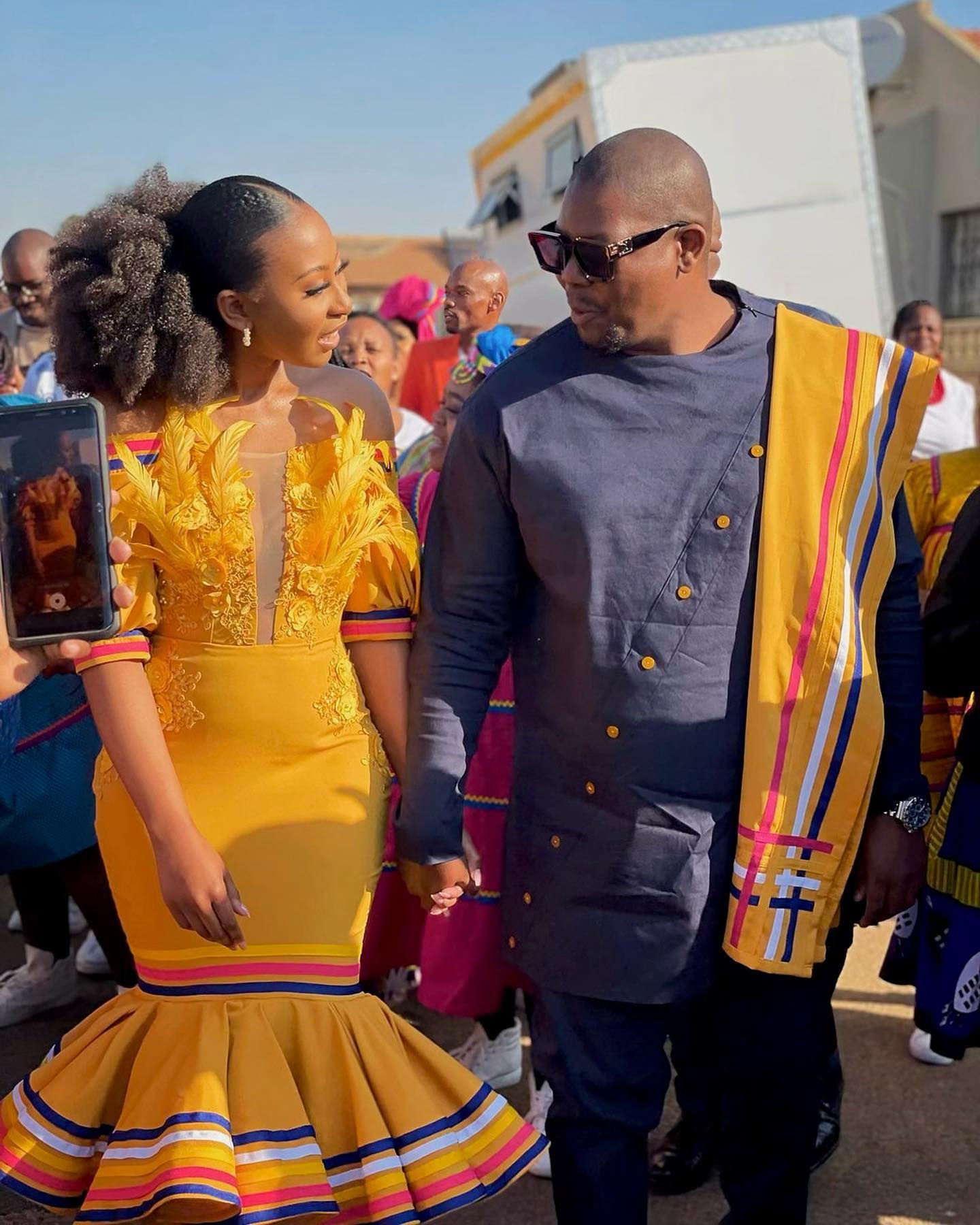
Traditional Sepedi Attire
Traditional Sepedi attire for men
Sepedi fashion for men is characterized by vibrant colors and intricate patterns. The traditional attire typically includes a shirt, known as a “marokana,” which is often decorated with embroidery or beading. This is paired with trousers or a skirt, called “makoti,” and a matching blanket, known as “makgona.” Men also wear accessories such as beaded necklaces and bracelets to complete their look.
Traditional Sepedi attire for women
Women’s traditional Sepedi attire showcases the rich cultural heritage of the community. It includes a colorful dress, known as a “thwana,” which is adorned with various patterns and prints. The dress often features intricate beadwork and embroidery. Women also wear a headdress, called a “kgabo,” which is made from fabric and beautifully embellished. Accessories such as beaded belts and bracelets complement the ensemble.
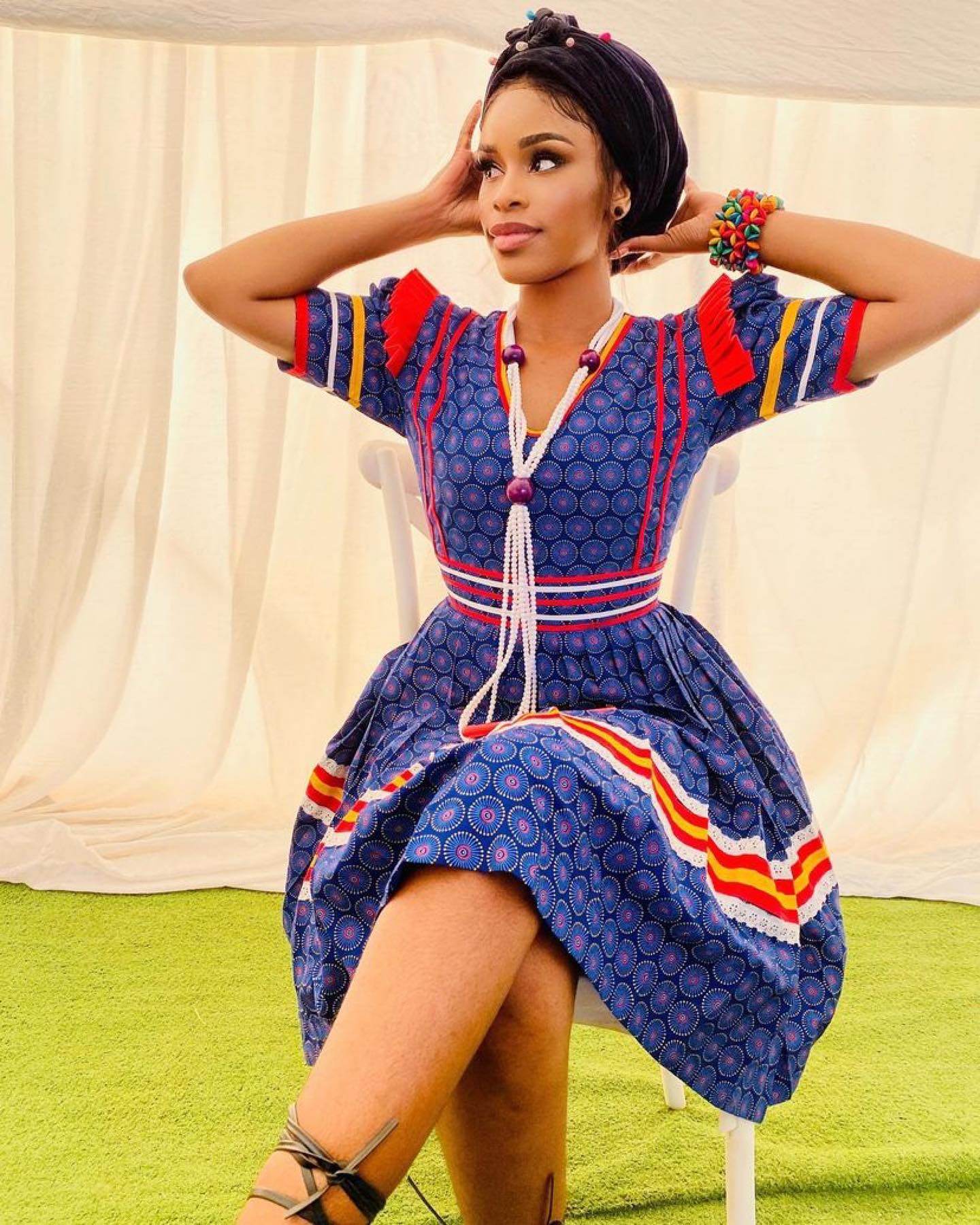
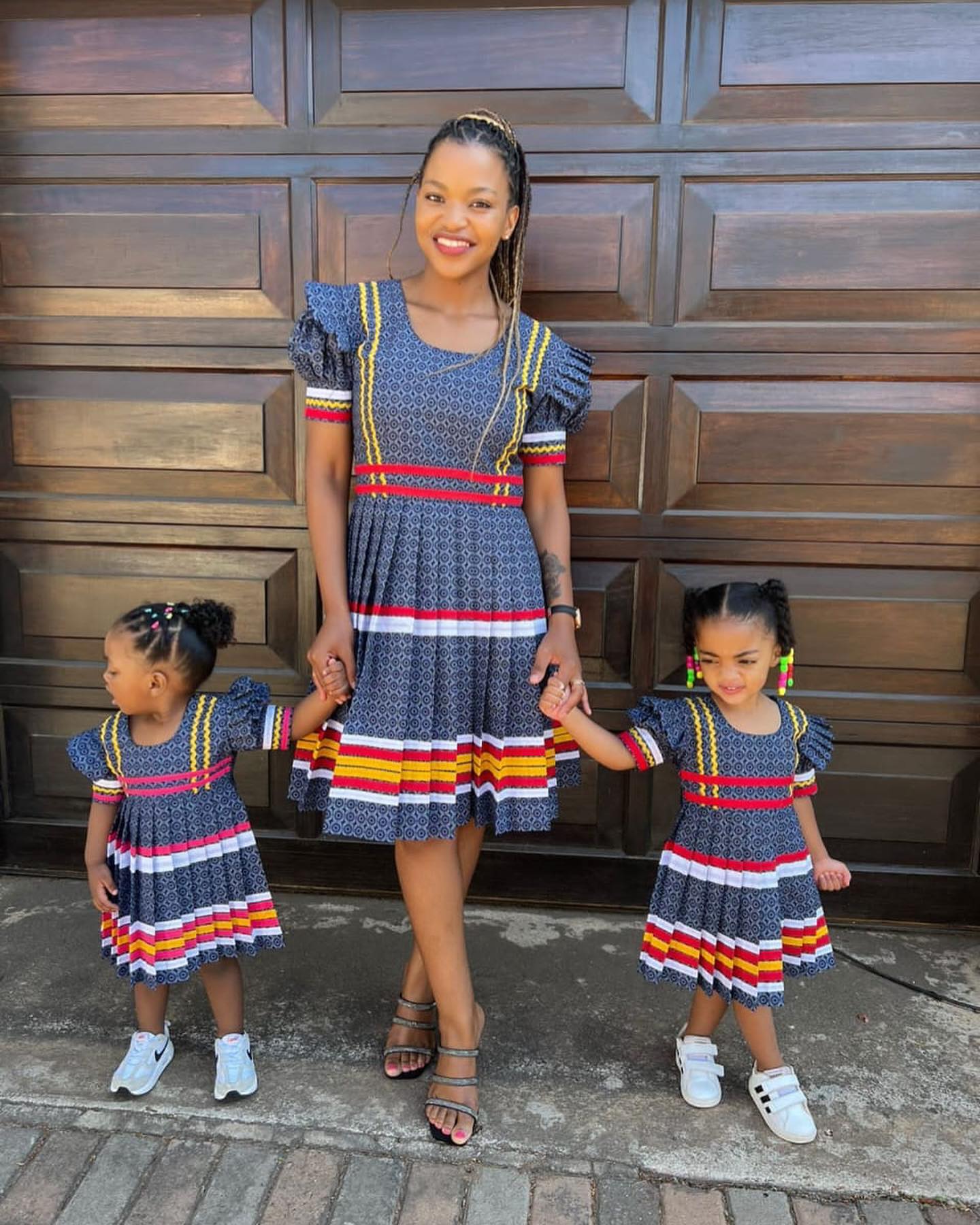
Incorporating modern elements into traditional Sepedi attire
In recent years, there has been a growing trend of combining traditional Sepedi attire with modern elements. This fusion creates a unique and contemporary look. Designers are experimenting with incorporating elements like bold prints, unconventional fabrics, and modern silhouettes into traditional designs. This trend allows individuals to embrace their cultural identity while also staying fashionable and relevant.
Sepedi fashion is not only about preserving traditions but also about celebrating the beauty and diversity of the community. It serves as a way to express cultural pride and create a sense of belonging. By incorporating modern elements into traditional attire, Sepedi fashion continues to evolve and captivate fashion enthusiasts both within and outside the community.

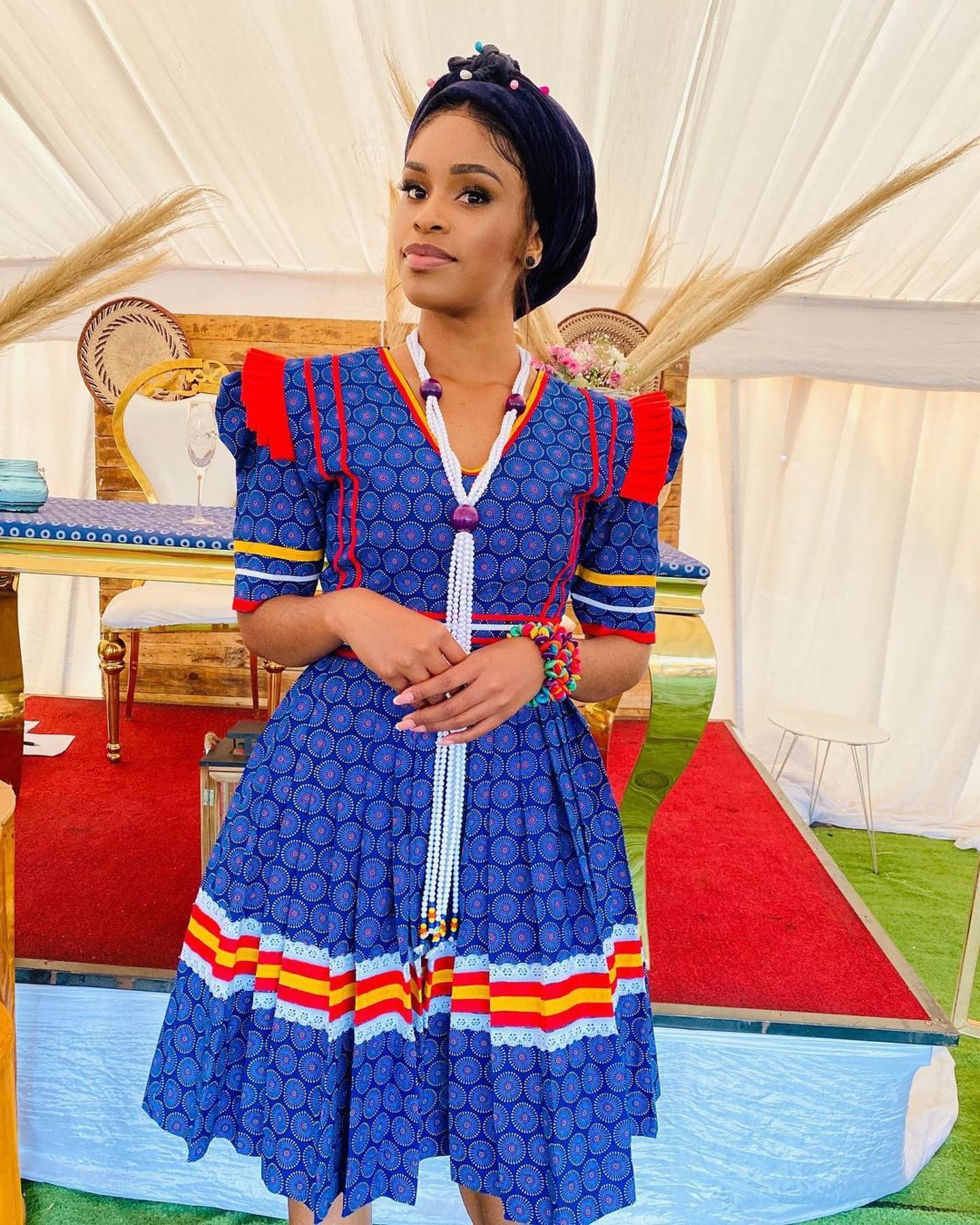
Contemporary Sepedi Fashion
Influence of Western fashion on Sepedi clothing
Contemporary Sepedi fashion has experienced a significant influence from Western fashion trends. While traditional Sepedi clothing remains an integral part of the culture, modern fashion elements have been incorporated to create a unique fusion. Western-style designs, such as tailored cuts, sleek silhouettes, and the use of different fabrics, have found their way into Sepedi attire. This blending of traditional and contemporary styles has resulted in a fashion revolution that appeals to both young and older generations.
Popular colors and patterns in contemporary Sepedi fashion
In recent years, vibrant and bold colors have dominated contemporary Sepedi fashion. Shades like royal blue, emerald green, and fiery red are frequently seen in dresses, skirts, and blouses. Patterns such as geometric prints, floral motifs, and tribal-inspired designs are also popular and add an exciting visual appeal to the garments. These colors and patterns not only reflect the rich cultural heritage of Sepedi people but also bring a modern twist to traditional ensembles.
Embracing sustainable and ethical fashion practices
With the increasing global focus on sustainability, the contemporary Sepedi fashion scene has embraced eco-friendly practices. Designers and artisans are incorporating organic fabrics, recycled materials, and natural dyes into their creations. Additionally, there is a growing emphasis on fair trade practices, supporting local artisans, and promoting ethical working conditions. This commitment to sustainability and ethical fashion contributes to a more responsible and conscious approach to dressing while preserving the cultural essence of Sepedi fashion.
In conclusion, the contemporary Sepedi fashion scene combines traditional elements with Western influences, incorporating vibrant colors, bold patterns, and sustainable practices. This fusion creates a unique and exciting fashion landscape that celebrates Sepedi culture while embracing modernity.
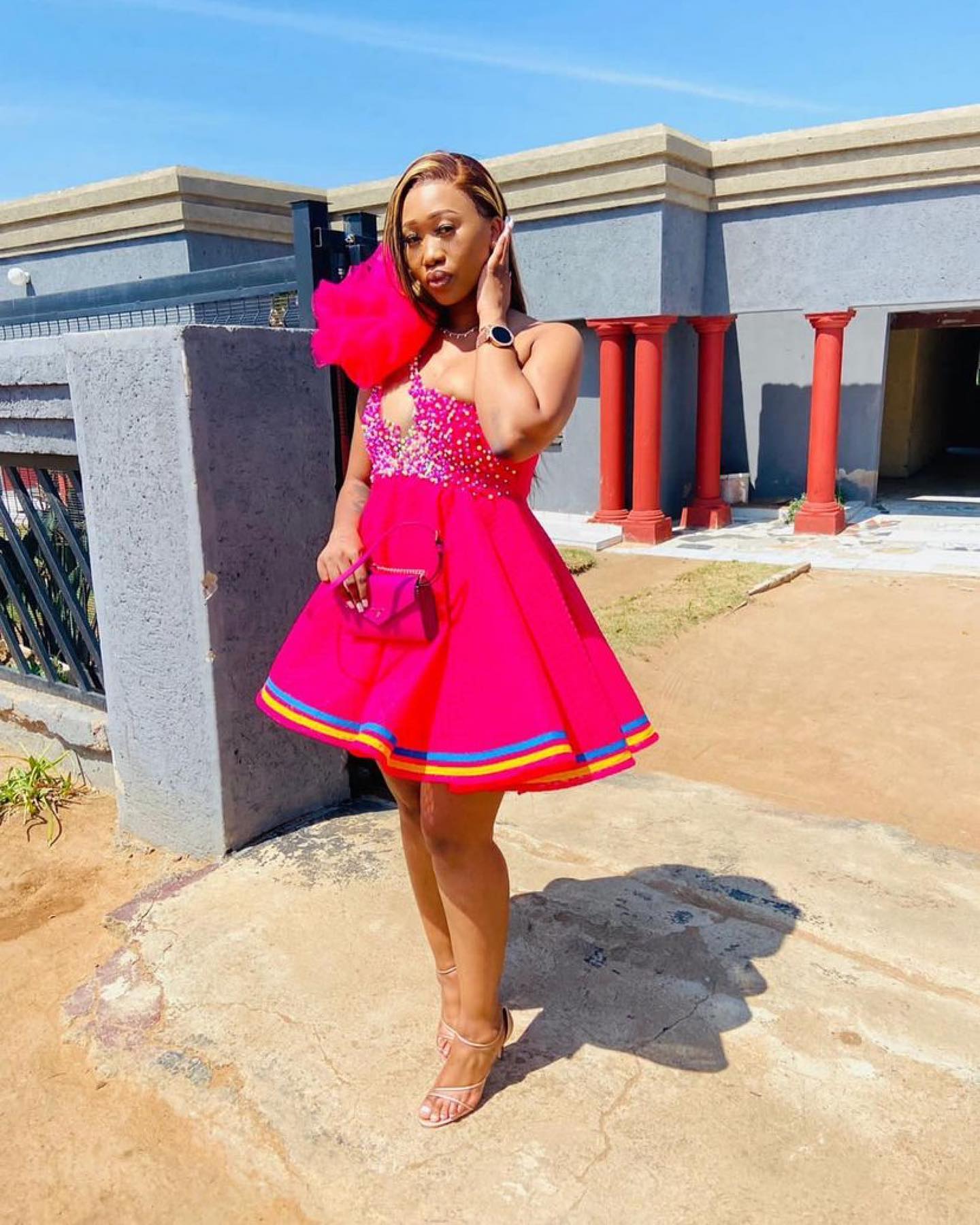

Sepedi Accessories and Jewelry
Traditional and modern accessories in Sepedi culture
In Sepedi culture, accessories and jewelry play a significant role in expressing one’s identity and heritage. Traditional accessories such as beaded necklaces, bracelets, and anklets showcase the rich cultural heritage of the Sepedi people. These accessories are often adorned with vibrant colors and intricate patterns, representing various aspects of their culture.
However, as times change, so do fashion trends. Modern Sepedi accessories now combine traditional elements with contemporary designs and materials. This fusion creates a unique and stylish look that appeals to both younger generations and those seeking a more modern approach to fashion.
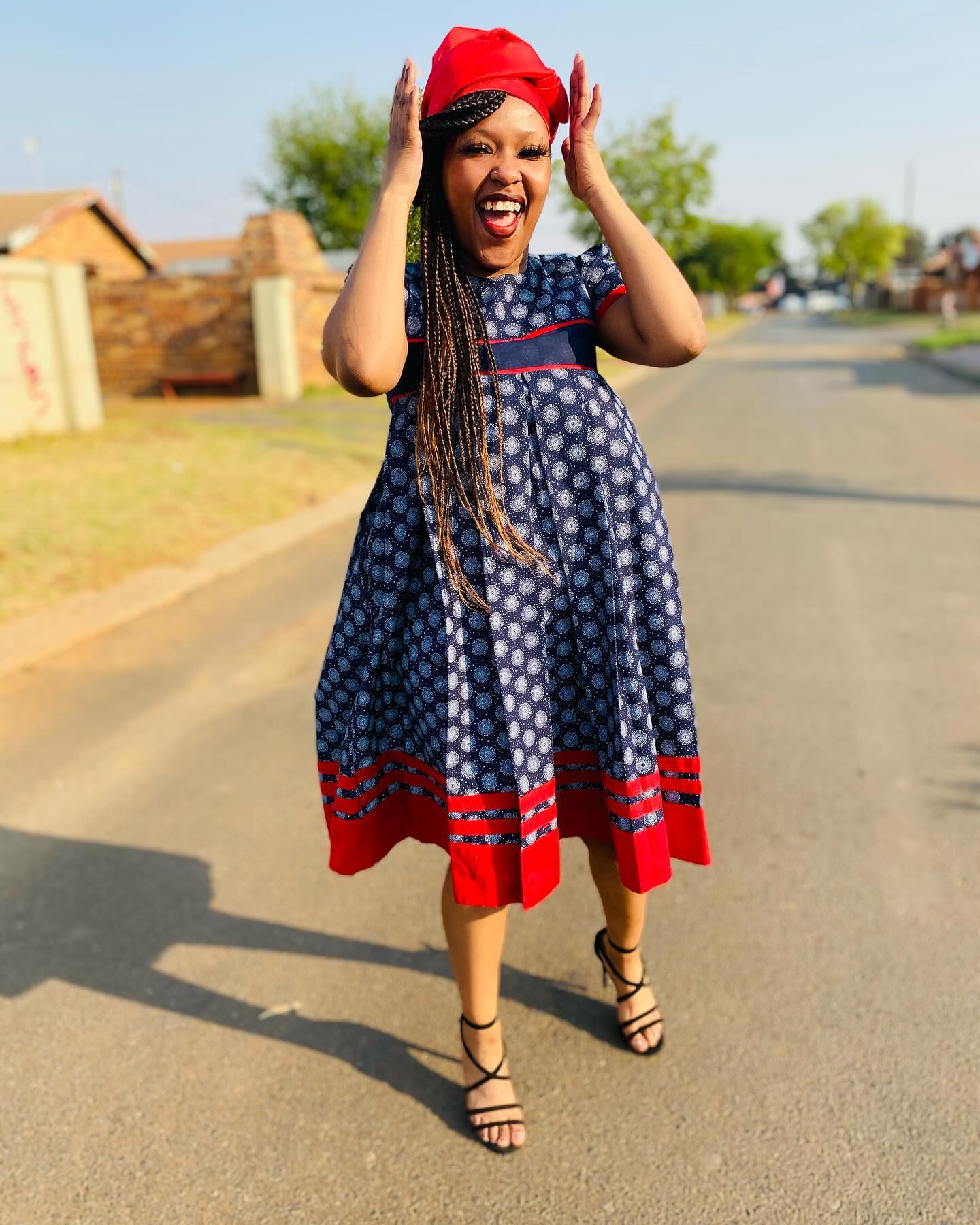
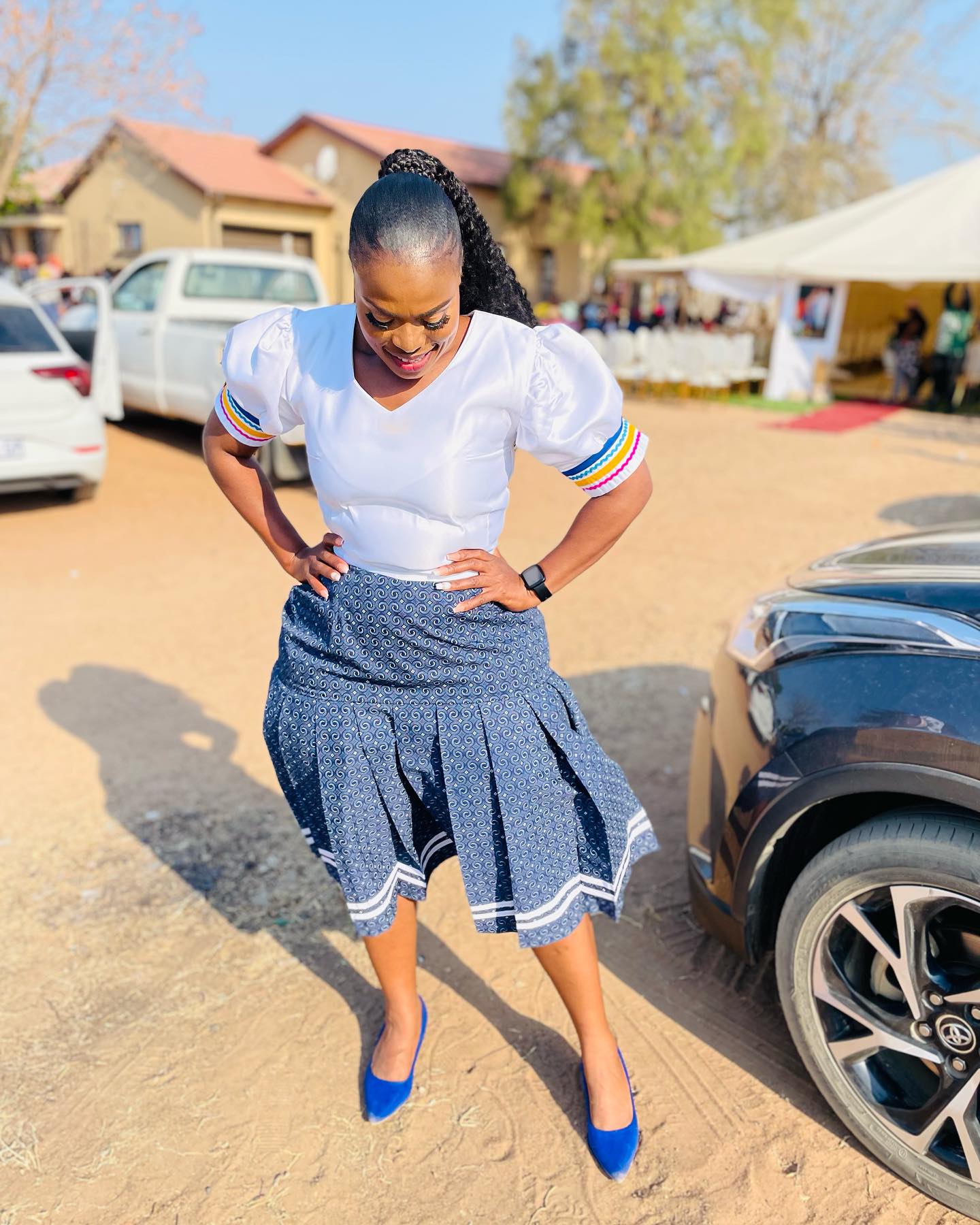
Symbolism behind Sepedi jewelry
Sepedi jewelry is not just about adornment, but it also holds symbolic meaning. For example, the color red is often associated with love and passion, while blue represents spirituality and calmness. The incorporation of these colors in jewelry allows individuals to express their emotions and personality through their fashion choices.
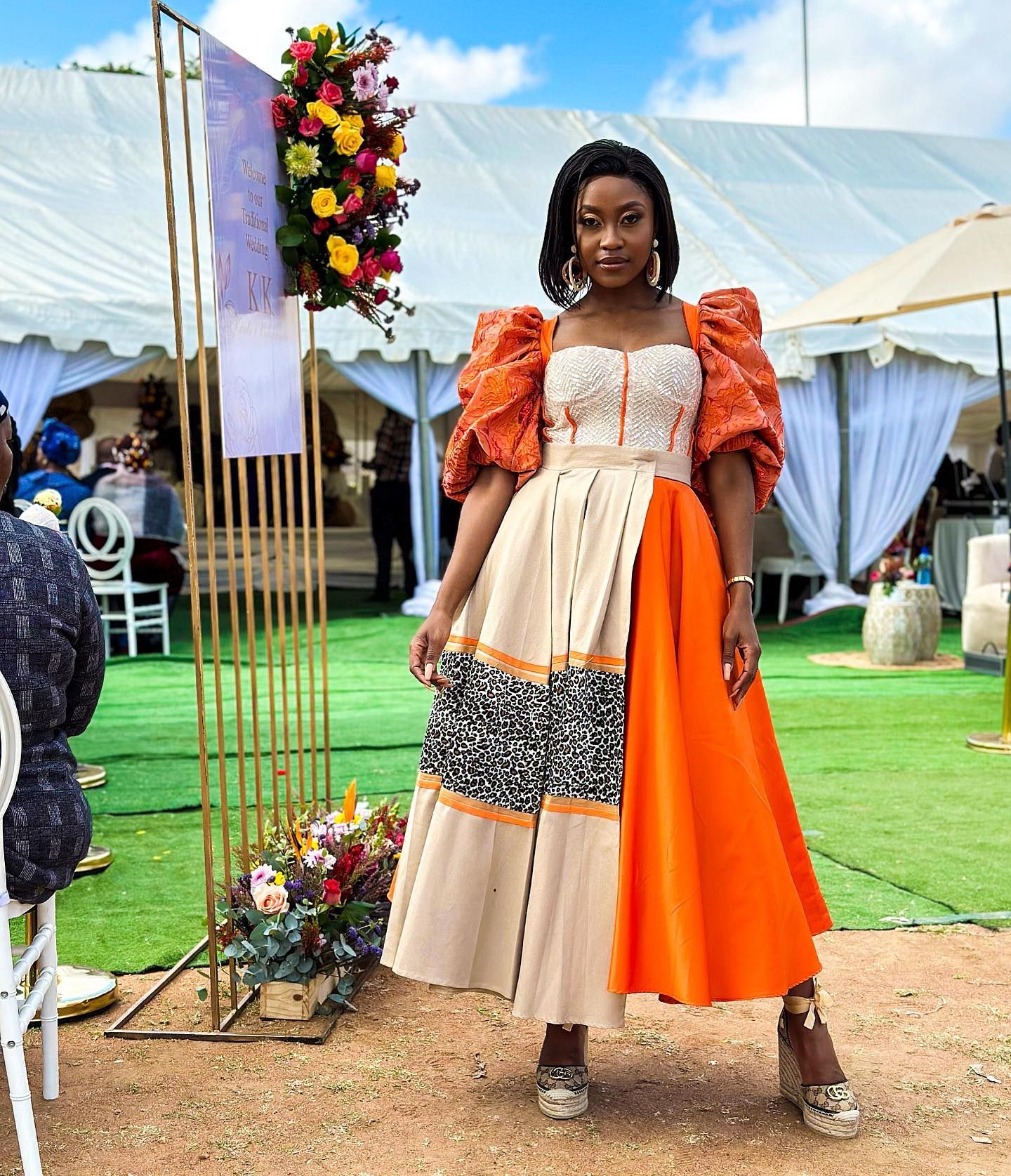
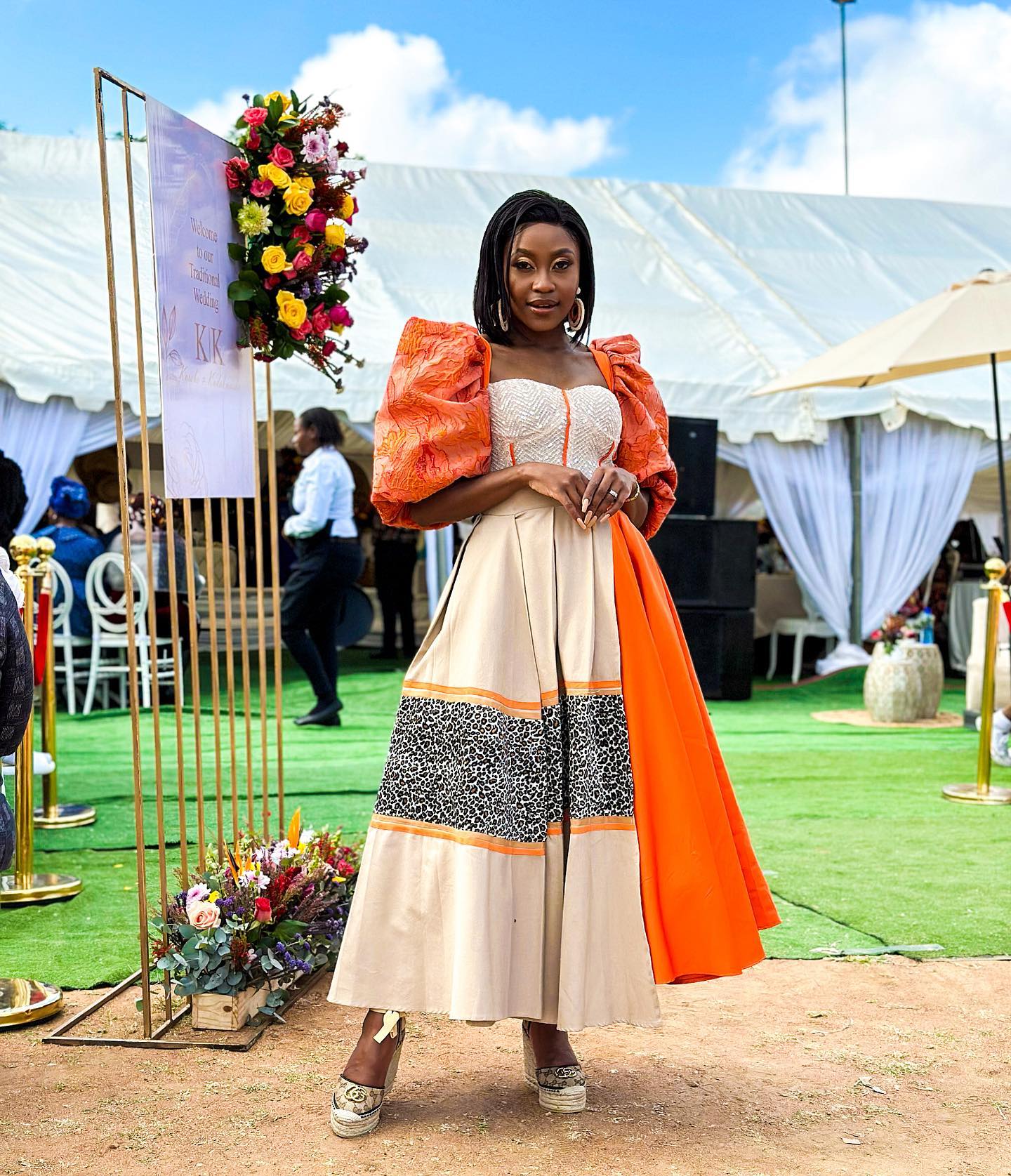
Innovation in Sepedi accessory designs
In recent years, there has been a surge of innovation in Sepedi accessory designs. Local designers are embracing new techniques and materials to push the boundaries of traditional craftsmanship. From experimenting with new beadwork patterns to incorporating unconventional materials like wire and recycled materials, these designers are creating unique and contemporary designs that appeal to a wide range of fashion enthusiasts.
Overall, Sepedi accessories and jewelry are evolving to meet the demands of a changing fashion landscape. Traditional elements are being fused with modern designs, allowing individuals to embrace their culture while staying trendy and fashionable.
Comments are closed.